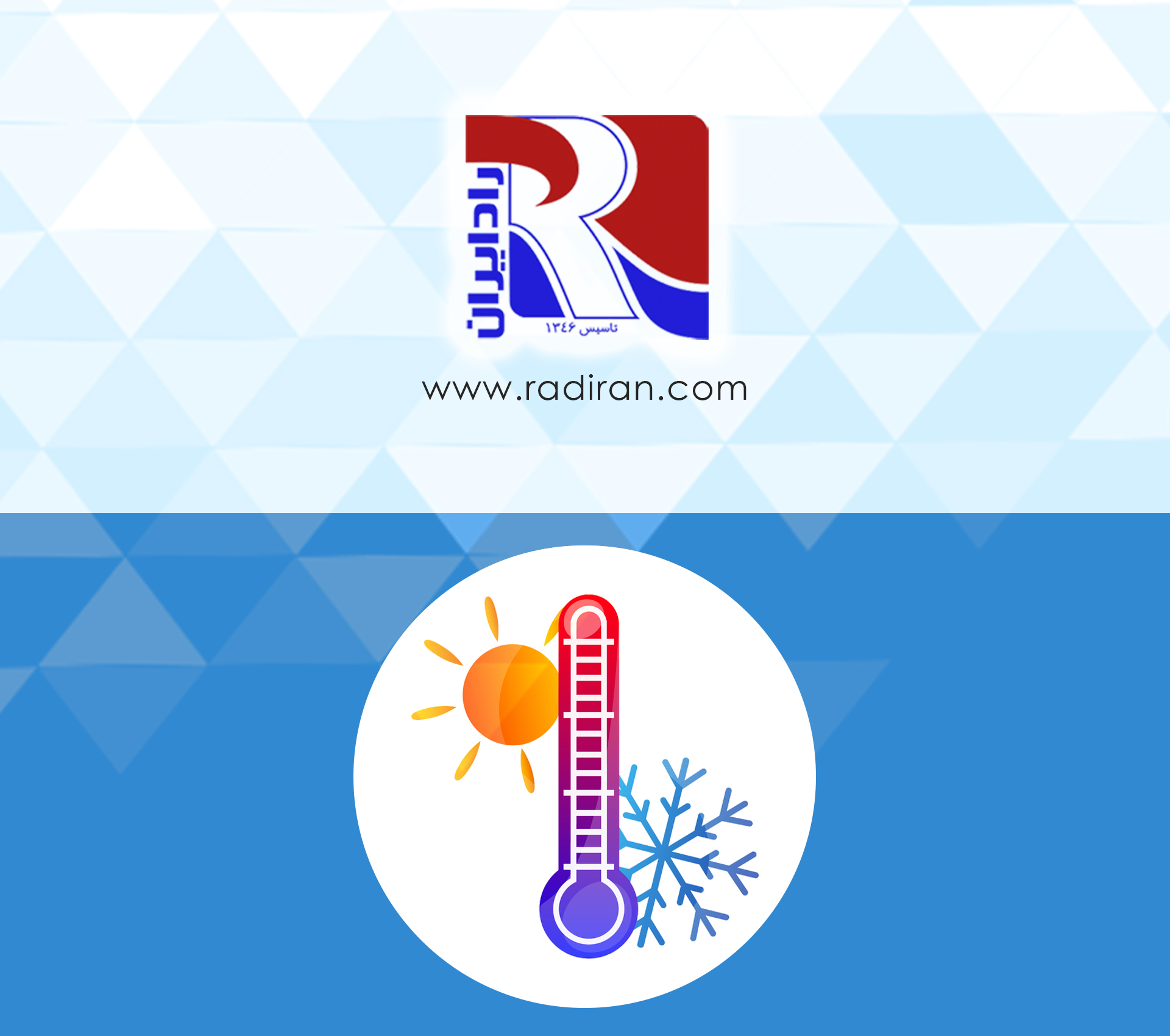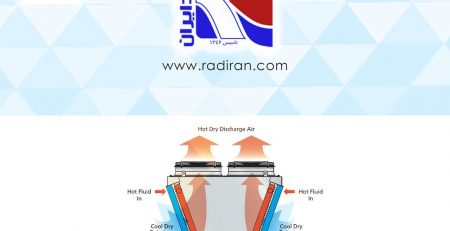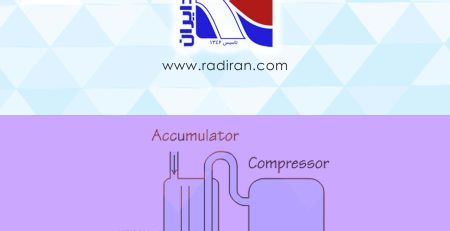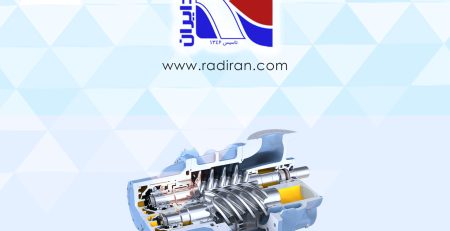Everything you need to know about refrigeration evaporators Part 1
Refrigeration evaporators play a fundamental role in any refrigeration or freezing system, whether incorporated in a compact system or as a stand-alone unit. But do you really know what an evaporator is or how it works?
What is a refrigeration evaporator and what is it used for?
In refrigeration, an evaporator is the heat exchanger where the refrigerant circulating inside the refrigeration circuit absorbs the thermal energy from the environment, which is then cooled. This is how the state of the refrigerant changes from liquid to vapour, giving it its name. As a result, the refrigerant evaporates to absorb the temperature or energy from the environment to be cooled.
It function relies on transmitting, as efficiently as possible, the thermal energy from the environment to be cooled (it can be a cold room or a secondary fluid as in the case of indirect refrigeration systems) to the fluid that is evaporating (in this case the main refrigerant).
Types of refrigeration evaporators
We can make different classifications of evaporators; among them, we differentiate:
Depending on the medium to be cooled:
• Air – Refrigerant: these uses in direct expansion systems and in most cold rooms. In these systems, our equipment directly cools the ambient air.
• Refrigerant – Refrigerant: these are mainly used in cascade systems, where the condensing and evaporating temperature differences are very high. This process is mainly carried out in stages, forming two complete refrigeration systems.
• Liquid – Refrigerant: these use when the medium to be cooled is a liquid and are usually used in indirect systems or food refrigeration processes.
Depending on refrigerant outlet conditions:
• Flooded: this type of evaporator uses in two-stage systems with partial or total injection and in systems with a liquid separator at the outlet. In these evaporators, the refrigerant inside the evaporator does not evaporate completely, and at the outlet of the evaporator there is a two-phase mixture with very good heat transfer.
• Dry: These are the most common and are found in most refrigeration installations. In them, the refrigerant evaporates completely inside the evaporator and there is often superheating of the vapour generated.
According to their constructive characteristics:
• Plain: these are common in domestic refrigerators and refrigerated chests. They form the refrigeration circuit itself by joining two metal sheets that have been previously pre-formed so that the refrigerant circulates inside them.
• Tubes and fins: these are common in cold rooms, mainly in refrigerant-air evaporators. The refrigerant evaporates inside the tubes that are in contact with the thin metal sheets.
• Plates: these use in refrigerant-liquid or refrigerant-refrigerant evaporators. Their operation is based on separating both fluids by a copper, aluminium or steel plate, which acts as a conductive agent.
• Uncovered tubes: these use to cool a liquid by installing a bare tube, inside which the refrigerant evaporates.
• Coaxial tubes: these are made up of one or more tubes inside a jacket and are responsible for cooling the liquid.
• Casing – Tubes: very commonly used, in which the refrigerant circulates inside the tubes and the liquid to be cooled circulates inside the casing.












